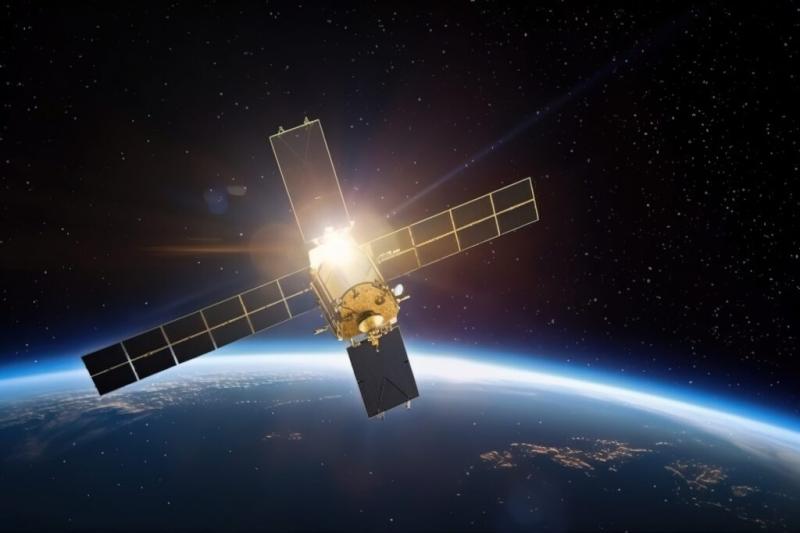What is the fastest satellite orbiting the Earth?
Determining the absolute fastest satellite orbiting Earth can be challenging, as satellite speeds vary based on their altitude, purpose, and orbital characteristics. However, certain satellites, particularly those in low Earth orbit (LEO) or used for specialized purposes, can achieve incredibly high velocities.
Satellites with High Orbital Speeds:
Satellites in Low Earth Orbit (LEO):
- Satellites in LEO, typically ranging from a few hundred kilometers to around 2,000 kilometers above the Earth's surface, move at high speeds due to their proximity to Earth.
- Examples include some Earth observation satellites, communication satellites, and certain scientific satellites.
Global Navigation Satellite Systems (GNSS):
- Satellites used for global positioning systems like GPS, GLONASS, Galileo, and BeiDou orbit Earth at high speeds to ensure continuous coverage and accuracy.
- GPS satellites, for instance, travel at speeds around 14,000 kilometers per hour (km/h) in their orbits.
Manned Spacecraft:
- While not conventional satellites, manned spacecraft like the International Space Station (ISS) travel at high velocities. The ISS orbits at approximately 28,000 km/h.
Relative Speeds in Orbital Altitudes:
- Satellites in low Earth orbit generally move at faster speeds compared to those in higher orbits, as they need to maintain velocity to counteract Earth's gravitational pull.
- The speed required to maintain a stable orbit decreases as the altitude increases. Satellites in higher orbits, like those in geostationary orbit (35,786 kilometers above Earth), have lower orbital velocities.
Fastest Orbital Speeds in Practice:
While specific data might not be readily available for individual satellites, those in lower orbits, especially within the range of a few hundred kilometers above Earth's surface, typically achieve the fastest speeds due to their closer proximity to Earth and the need for higher velocities to maintain their orbits.
Determining the absolute fastest satellite might vary depending on the specific altitude, purpose, and current orbital velocities of satellites at any given time.
The fastest satellite orbit around Earth is held by the Stardust sample return mission, which re-entered Earth's atmosphere at approximately 12.9 kilometers per second (km/s) on January 15, 2004. This incredible speed was achieved due to the spacecraft's trajectory, which was designed to capture particles from the comet Wild 2 and return them to Earth for study.
Currently, the satellite in Earth's orbit with the highest orbital velocity is the International Space Station (ISS), which travels at an average speed of 27,400 kilometers per hour (km/h) or 7.6 kilometers per second (km/s). The ISS maintains this high speed due to its low altitude of approximately 400 kilometers above Earth. This low altitude allows the ISS to experience the Earth's gravitational pull more strongly, which keeps it in orbit.
Here's a table comparing the orbital velocities of these two satellites:
| Satellite | Orbital Velocity (km/s) |
|---|---|
| Stardust sample return mission | 12.9 |
| International Space Station (ISS) | 7.6 |
It's important to note that the orbital velocity of a satellite can vary depending on its altitude and the shape of its orbit. For example, a satellite in a geostationary orbit, which is located above the equator and appears to be stationary from Earth's perspective, travels at a slower velocity of approximately 3.1 kilometers per second (km/s). This is because the geostationary orbit is much higher than the ISS's orbit, and the gravitational pull of Earth is weaker at higher altitudes.


